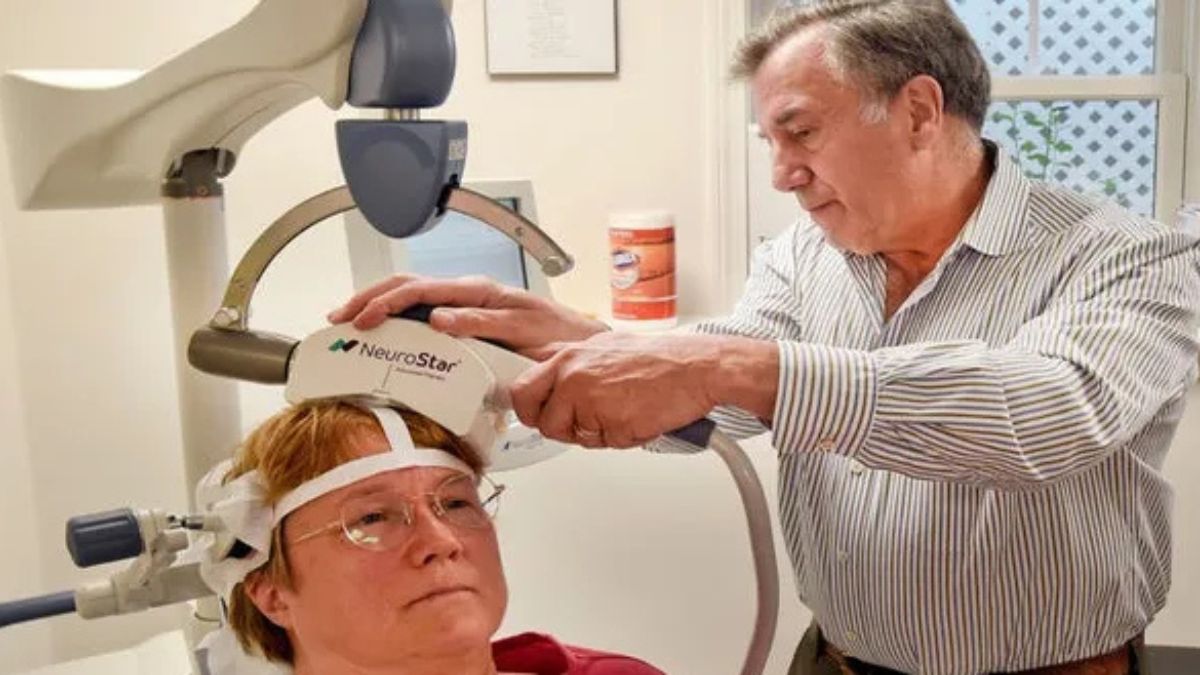Recognizing Stroke Risk Factors
Identifying the risk factors for stroke is the first step toward prevention. High blood pressure, smoking, diabetes, and high cholesterol are among the most common risk factors. By understanding these elements, one can take practical steps to address and mitigate them. Additionally, individuals might wonder, is second stroke worse than first? Often, a second stroke can pose higher risks and lead to more severe complications compared to the initial stroke, making preventive measures imperative.
The National Institutes of Health notes that age, family history, and previous strokes are significant indicators of stroke risk. With every stroke, the brain endures more damage, which can complicate recovery and rehabilitation. Understanding one’s personal risk factors is an ongoing process that requires regular medical consultations and lifestyle assessments.
Lifestyle Changes to Prevent a Second Stroke
It is essential for individuals who have experienced a stroke to embrace and sustain healthy lifestyle practices. Giving up smoking is among the most efficient changes. Smoking speeds up the process of atherosclerosis, causing arteries to become more complex and narrower, leading to increased clot formation that can obstruct blood flow to the brain. In the same way, regulating the amount of alcohol consumed and avoiding excessive drinking can decrease the chances of experiencing another stroke.
Another important aspect is to keep a healthy weight. Obesity is frequently associated with other risk factors like hypertension, diabetes, and elevated cholesterol levels. According to the CDC’s guidelines on stroke prevention, aiming for a consistent exercise routine, balanced diet, and routine medical check-ups can help manage weight and reduce stroke risks. Physical activity, in particular, plays a dual role in weight management and cardiovascular health.
Dietary Adjustments for Heart Health
Proper nutrition is essential for good heart health and avoiding strokes. Choose a diet rich in fruits, vegetables, lean proteins, and whole grains while decreasing your consumption of salt, sugar, and unhealthy fats. A diet recommended for heart health often includes plant-based foods, olive oil for healthy fats, and lean proteins like fish.
The American Heart Association advocates for the DASH diet (Dietary Approaches to Stop Hypertension), which explicitly targets high blood pressure, one of the significant risk factors for stroke. This diet intends to reduce salt intake and boost the intake of foods high in potassium, calcium, and magnesium for better nutrient consumption.
Individuals should also monitor their food intake and opt for multiple small meals rather than fewer large ones. Adding a variety of colorful vegetables and fruits can offer a wide range of nutrients, helping to maintain a balanced diet.
The Importance of Regular Exercise
Participating in consistent physical activity is a proven way to support heart health and prevent another stroke. The goal is to use at least 150 minutes of moderate-intensity aerobic exercise weekly. This can be segmented into smaller parts, such as 30 minutes daily over five days weekly.
Walking, biking, swimming, or gardening can be pleasurable and advantageous. Physical activity can reduce blood pressure, enhance cholesterol levels, control blood sugar, and manage a healthy weight. Releasing endorphins can also provide mental health benefits by reducing stress and anxiety.
Beginning with gentle forms of exercise such as yoga or tai chi can be advantageous for beginners or those with limited mobility. With the option to gradually advance in intensity, consistency is crucial, as is integrating physical activity into your daily schedule.
Managing Stress and Mental Health
Sustained stress over time can negatively affect the heart and increase the likelihood of having a stroke. Methods for managing stress, like mindfulness, meditation, and yoga, benefit mental and physical well-being. Mindfulness techniques have been proven to lower blood pressure and enhance emotional control.
Mental health support is also essential—therapy, whether individual or group, can provide a space to process emotions and develop coping strategies. Support groups for stroke survivors can offer solidarity, shared experiences, and practical advice, easing the emotional burden often carried post-stroke.
Participating in pastimes, fostering social relationships, and establishing attainable objectives can also enhance one’s general well-being. Maintaining good mental health involves not just lowering stress levels but also promoting a positive and satisfying way of life.
Medication Adherence and Regular Check-ups
It is essential that individuals who have had a stroke follow medical guidance and take prescribed medications. Possible paraphrase: Treatment options could include blood thinners, antihypertensives, statins, antidiabetic drugs, and other choices. These medications help manage risk factors and prevent a future stroke.
Frequent medical visits are equally important for monitoring health issues and adjusting treatments as needed. Regular blood tests, blood pressure monitoring, and other diagnostic tools are also beneficial for monitoring any changes in health status.
Patients should openly communicate any side effects or concerns they may have about medications or treatments with their healthcare providers. Modifications in the prescribed medications may be necessary to enhance health outcomes.










